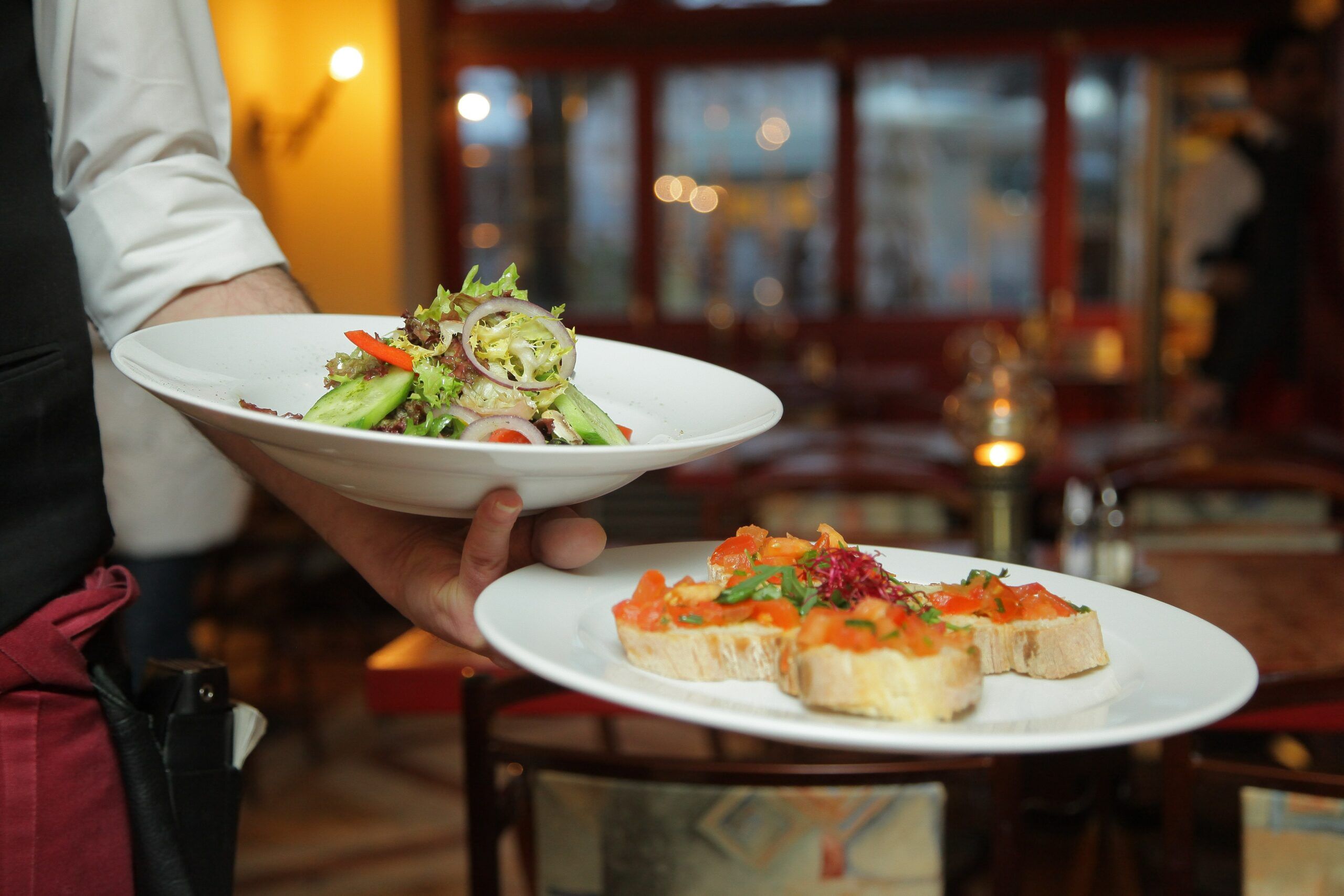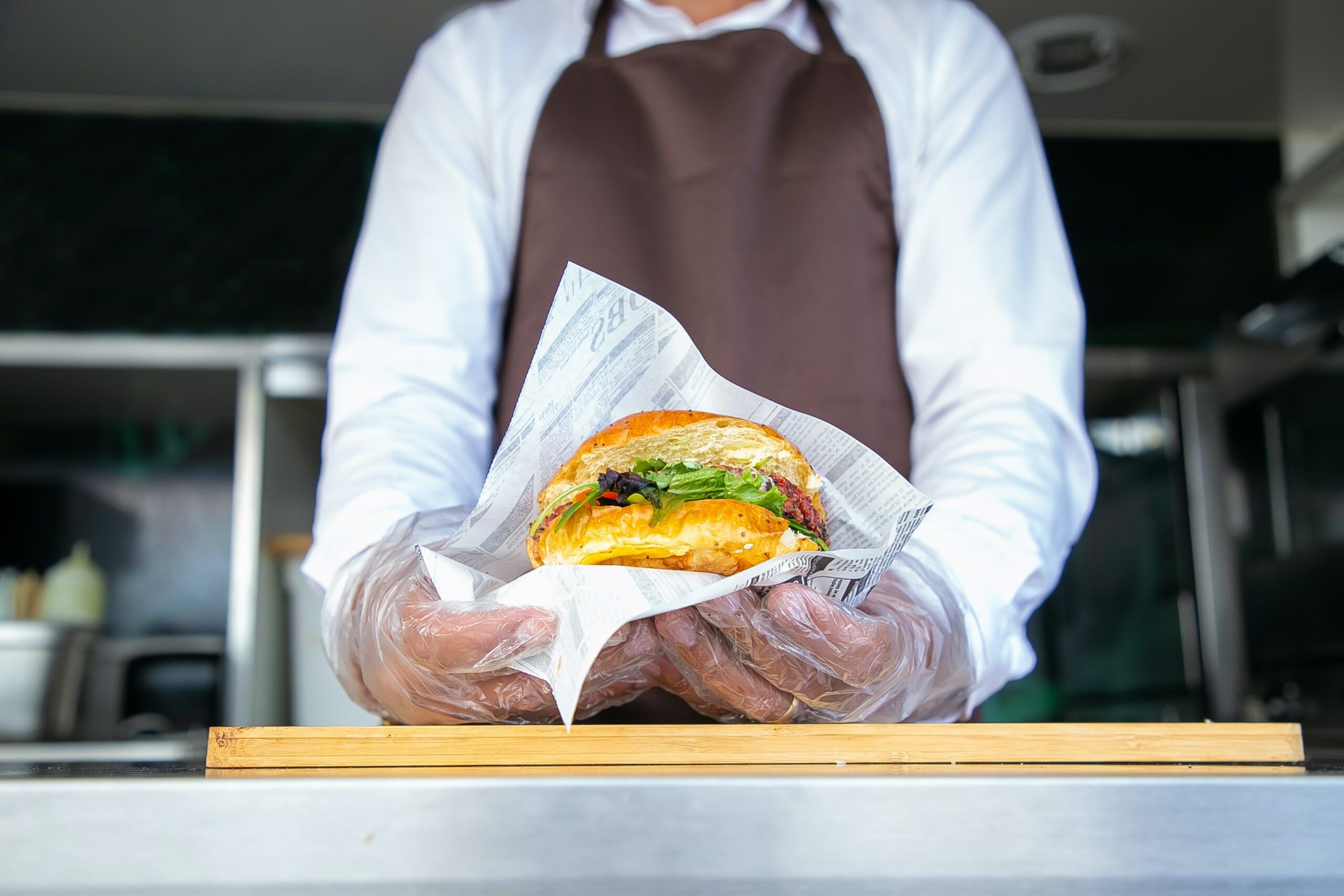- Top Reasons Why Restaurants Fail After 5 Years
- How to Manage Your Restaurant Finances Using Data Analytics
Embracing the culinary realm’s exquisite flavors is a delight, yet beyond the delectable dishes lies a fundamental ingredient crucial to every successful restaurant business: mastering a restaurant’s financial health.
In this exploration, we dive into the pragmatic art of managing restaurant finances, where data reigns supreme.
If you’re an independent restaurant owner, join us as we unveil the data-driven approach that transforms restaurants into thriving culinary enterprises.
Top Reasons Why Restaurants Fail After 5 Years
Navigating the restaurant industry can be as intricate as crafting a signature dish. While some establishments flourish and become culinary landmarks, others face a less savory fate.
As the five-year mark approaches, a critical juncture emerges, separating those destined for longevity from those bound for closure.
Here are the pivotal reasons why some restaurants succumb to the challenges and close their doors, leaving a trail of lessons for aspiring restaurateurs.
Fluctuating Market Trends
The culinary landscape is a dynamic canvas where tastes and trends shift like gusts of wind. Restaurants that fail to adapt their menus, decor, music, or overall concept to evolving preferences risk becoming outdated and losing their appeal to the ever-changing appetites of patrons.
For example, for the past few years, there’s been a rise in the consumption of vegan and plant-based diets. Restaurants that fail to incorporate more plant-based menu items can be outcompeted by those who do.
Financial Mismanagement
Sound financial stewardship is the backbone of any successful venture. Restaurants that underestimate the importance of accounting and budgeting, controlling costs, and maintaining a healthy cash flow may find themselves drowning in debt or unable to weather unforeseen economic challenges.
For instance, if you have some pricier menu items and your supplier has decided to increase the cost for the year, you can incur huge losses if you don’t make enough sales from those items.
You can make changes to your menu without losing the taste by testing different food combinations and replacing expensive ingredients with a bit cheaper ones. Just remember to run them by your staff and give a free sample to customers before officially launching them.
Ineffective Marketing and Branding
Establishing a strong brand identity and effectively marketing it to the right audience is crucial. Restaurants that struggle with unclear branding, poor online presence, or inadequate promotional efforts might miss out on potential customers and fail to establish a loyal clientele.
Right now, social media marketing, for instance, reigns supreme. So investing in this type of marketing can help boost your clientele and form loyal followers who can share your page and spread the word online.
Subpar Customer Experience
A restaurant’s reputation hinges on the customer experiences it provides. Subpar service, inconsistent food quality, and lackluster ambiance can drive customers away, tarnishing the restaurant’s image and leading to negative word-of-mouth reviews.
Location Woes
A prime location can be the lifeblood of a restaurant, attracting foot traffic and potential diners. Conversely, an ill-chosen or hard-to-reach location can deter customers and hinder the restaurant’s growth.
Overexpansion or Rapid Growth
While growth is a desirable goal, expanding too quickly or without a solid foundation can strain resources and lead to operational chaos. Restaurants that scale beyond their means might find themselves unable to maintain quality standards or meet increased demands.
Lack of Differentiation
In a competitive market, standing out is paramount. Restaurants that fail to offer a unique value proposition, whether through innovative cuisine, exceptional service, or a memorable atmosphere, can get lost in the sea of options.
Staffing Challenges
A well-trained and motivated staff is essential for smooth operations. High turnover rates, untrained employees, or inadequate management can disrupt the overall dining experience and negatively impact customer satisfaction.
Failure to Embrace Technology
In the digital age, technology plays a very vital role in customer engagement, online ordering, and efficient operations. Restaurants that resist or neglect integrating technology into their processes may struggle to keep up with modern expectations.
Online delivery platforms, for instance, provide more efficient ways customers can order from the comfort of their homes or offices. Remote workers are on the rise, and if restaurants don’t incorporate online delivery into their businesses, they can fall behind.
Inadequate Planning and Preparation
Launching and sustaining a restaurant demands meticulous planning and preparation. Those who rush into opening without a comprehensive business plan, analyzing their restaurant’s finances, conducting a thorough market analysis, or contingency strategies are more vulnerable to unforeseen challenges.
The five-year mark in the restaurant industry serves as a litmus test of resilience, financial stability, adaptability, and strategic foresight. By learning from these common pitfalls, aspiring restaurateurs can enhance their chances of achieving culinary success that stands the test of time.
How to Manage Your Restaurant Finances Using Data Analytics
For restaurant owners, harnessing the power of data analytics can transform the way you manage your restaurant finances, elevating your decision-making process and ensuring a more profitable culinary venture.
Here’s a step-by-step guide on how to effectively manage your restaurant finances using data analytics:
Collect Comprehensive Financial Data
Begin by gathering data from various sources within your restaurant. This includes sales data, inventory records, employee schedules, customer feedback, and more. Utilize modern point-of-sale (POS) systems that can seamlessly capture and organize this information.
POS systems that consolidate multiple delivery apps like DoordDash and UberEats into one platform can improve your order-taking and employee efficiency.
Choose the Right Analytics Tools
Select data analytics tools or software that align with your restaurant’s needs. Look for platforms that offer customizable dashboards, visualization options, and the ability to generate insightful reports.
Your Inbox, Your Rules!
Tailor your newsletter with the topics you're most interested in.
Identify Key Performance Indicators (KPIs)
Determine the key metrics that are critical for your restaurant’s financial success. These might include average check size, table turnover rate, food cost percentage, labor cost percentage, and customer retention rate.
Analyze Sales Patterns
Use data analytics to uncover trends in your restaurant’s sales patterns. Identify peak hours, popular menu items, and seasonal fluctuations. Adjust your offerings and staffing levels accordingly to optimize revenue.
Machine learning and AI can be especially helpful in boosting your operational efficiency.
Monitor Inventory and Supply Chain
Keep a close watch on inventory levels and supplier performance using data analytics. Predict demand for ingredients, reduce wastage, and negotiate better terms with suppliers based on data-driven insights.
Optimize Menu and Pricing
Analyze the profitability of each menu item using data on ingredient costs, preparation time, and popularity. Adjust your menu offerings and pricing strategy to maximize profitability while still appealing to your target audience.
Control Labor Costs
Utilize data analytics to create efficient employee schedules based on historical data and anticipated foot traffic. Monitor labor costs in real-time to prevent overstaffing or understaffing during busy periods.
Enhance Customer Experience
Analyze customer feedback and reviews to identify areas for improvement. Use data to tailor your service, ambiance, and offerings to match customer preferences and enhance their overall dining experience.
By integrating QR codes into various facets of your restaurant operations, for example, from menus to payment methods, you not only streamline the customer experience but also gather valuable data that can contribute to your financial insights.
QR codes offer a contactless and efficient way for patrons to access menus, place orders, and make payments using their smartphones. This not only aligns with the evolving expectations of a tech-savvy clientele but also minimizes the need for physical menus and traditional payment methods, thus enhancing operational efficiency.
Forecast Financial Performance
Leverage data analytics to create accurate financial forecasts for your restaurant. Predict future revenue, expenses, and profits based on historical trends and external factors.
Continuous Monitoring and Adaptation
Data analytics is an ongoing process. Regularly review and update your data to ensure the accuracy of your insights. Use the information to make informed decisions and adapt your strategies as needed.
Invest in Employee Training
Train your staff to understand and utilize data analytics tools effectively. Encourage a data-driven mindset among your team to foster an employee culture of informed decision-making.
Seek Professional Expertise
If data analytics is unfamiliar territory, consider hiring or consulting with experts who specialize in restaurant finance and data analysis. Their insights can provide invaluable guidance for optimizing your operations.
Take Better Control of Your Restaurant Finances
Incorporating data analytics into restaurant management offers a structured approach to financial control and informed decision-making.
By analyzing key metrics such as sales patterns, inventory management, labor costs, and customer feedback, restaurateurs can optimize operations, improve profitability, and enhance the overall dining experience.
This data-driven methodology ensures a systematic and strategic approach to achieving long-term success in the competitive restaurant industry.
As technology continues to shape the landscape of culinary ventures, harnessing data analytics emerges as an essential tool for effective financial management and sustainable growth.



